
In their recent Magnificent Jewels auction, the experts at Christie’s showcased a special brooch from Cartier, owned by two iconic women who had major impact on the world of art and design.
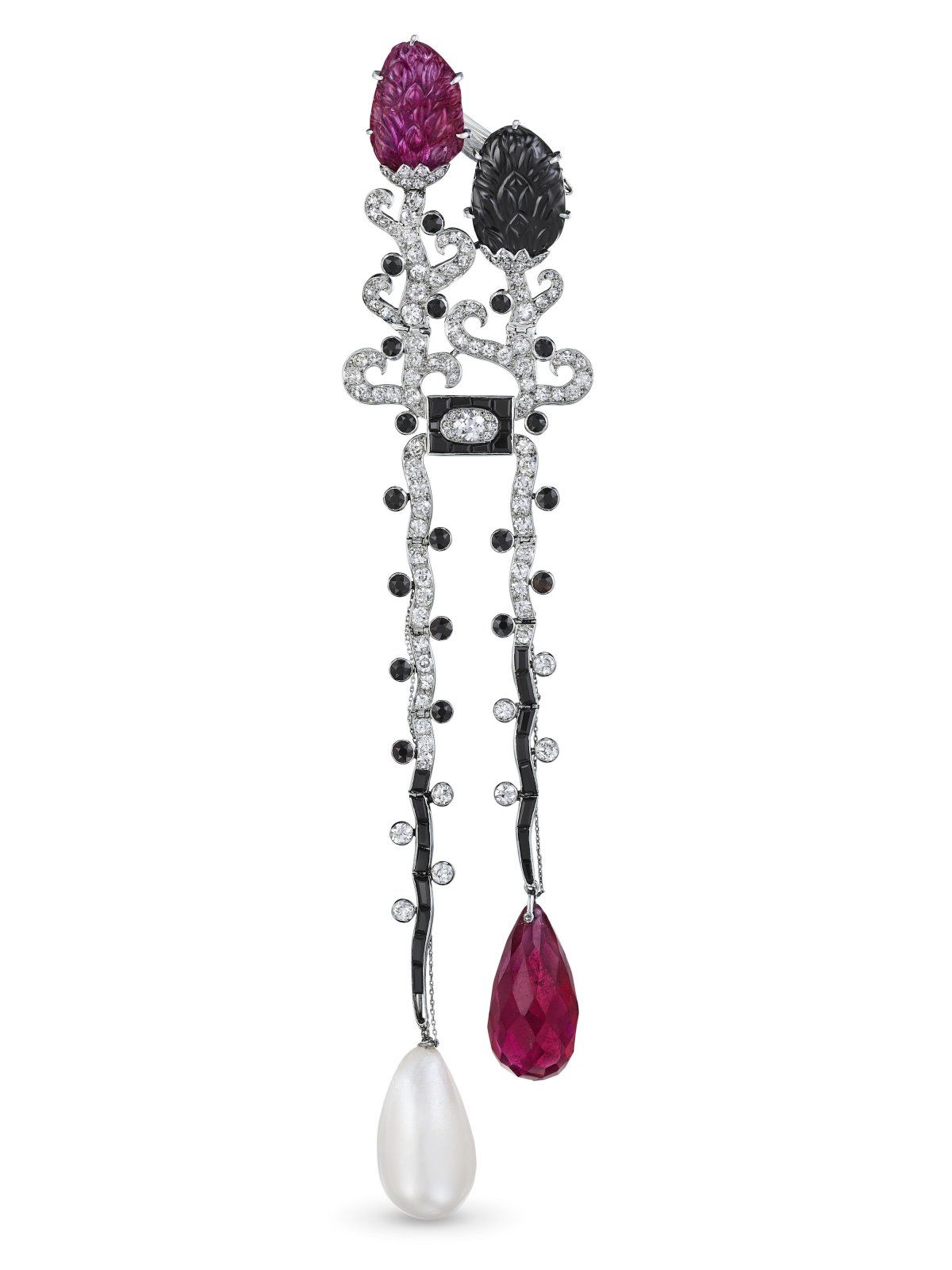
On December 10, Christie’s offered this remarkable brooch from Cartier for auction, dubbing it an “iconic” piece of jewelry. The platinum négligée features four large stones: a carved ruby and a carved onyx at the top of the piece, and a natural pearl drop and a briolette-cut pink tourmaline suspended as pendant drops. In between is a curling, curving diamond and onyx design. The piece dates to 1914.
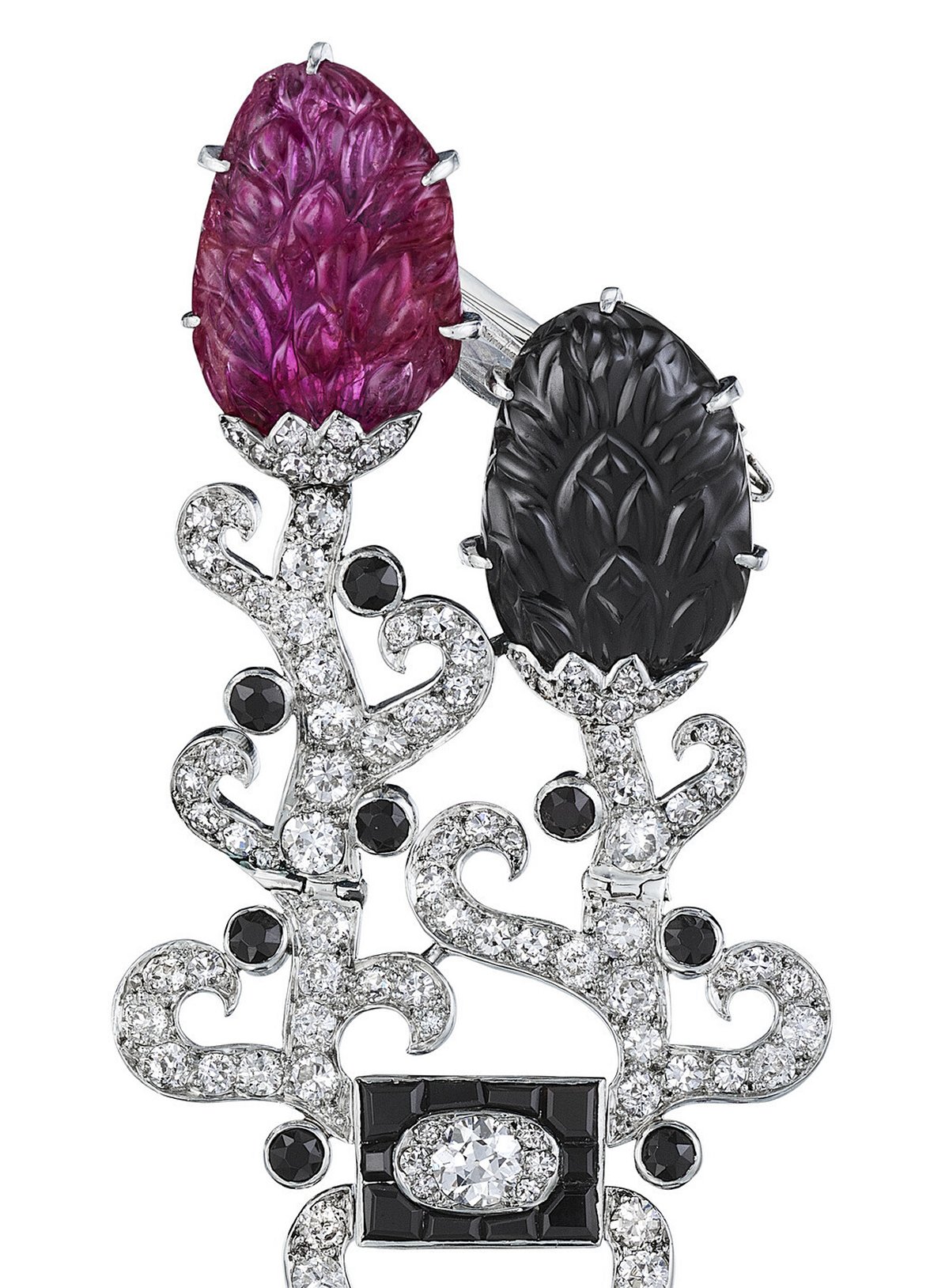
Here’s a closer look at the top of the brooch, with its distinctive carved gemstones. In the lot essay accompanying the brooch, Christie’s notes that the piece is a legacy of the relationship between the Cartiers and jewelers in India. “Jacques Cartier first visited India in 1911 at the time of the celebration of the Coronation of George V and Queen Mary of Teck at the Delhi Durbar,” the essay explains. In the years that followed, Cartier made and reset numerous jewels for prominent Indian clients, and they also produced jewelry inspired by traditional Indian designs.
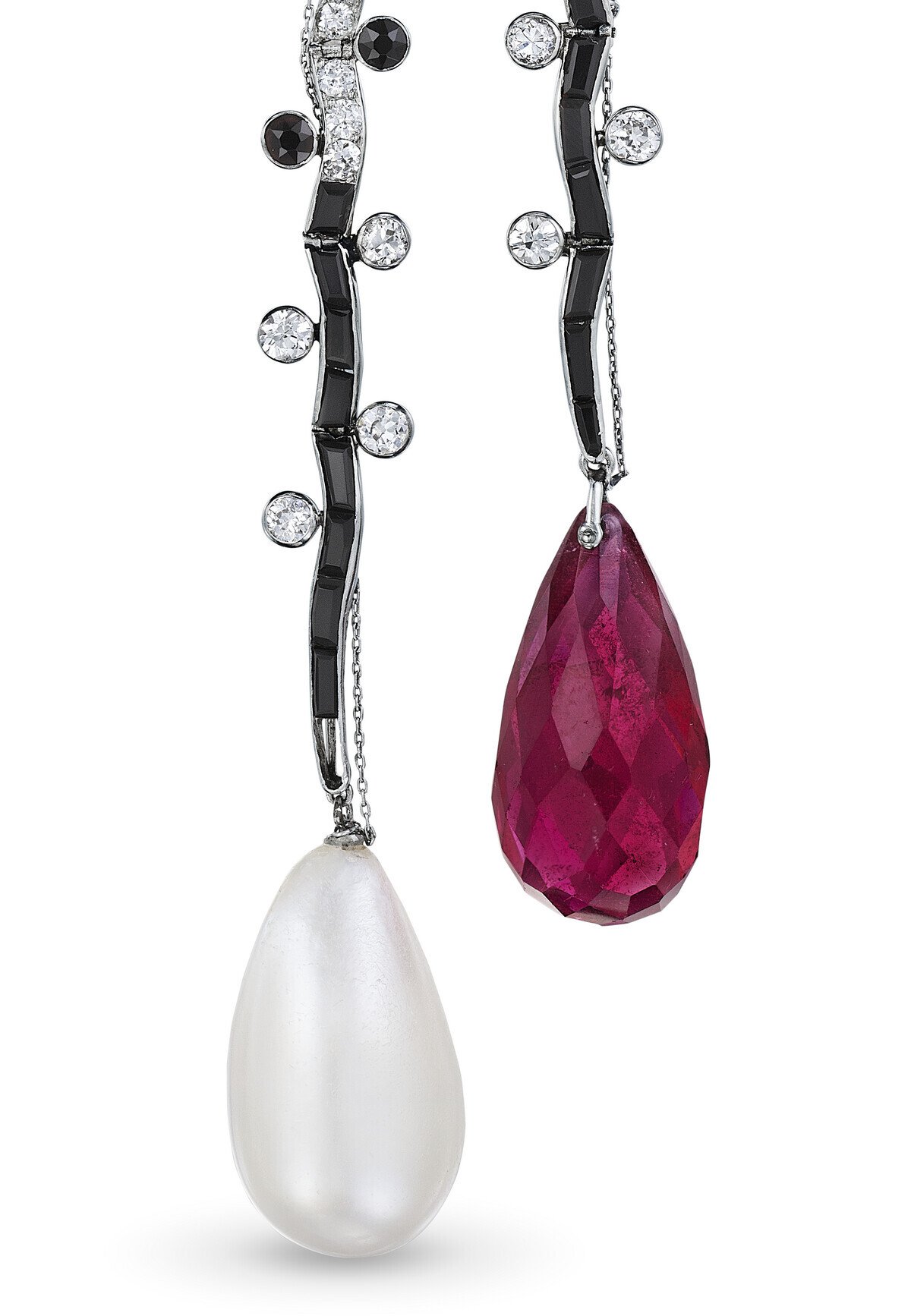
Here’s a closer look at the bottom section of the jewel. The brooch is one of the pieces produced by Cartier that reflected the firm’s interest in Indian design motifs. The essay explains, “The Indian turah, a turban ornament with several strings of pearls fitted to an single bar, became an inspiration for important shoulder tassel brooches,” including this particular piece. The “brooch perfectly captures the marriage between East and West.”

Here’s a view of the back of the brooch, offering an interesting glimpse at the piece’s construction details. Note the small chains that provide extra security for the tourmaline and pearl drops. Christie’s notes, “Inspired by the scale and articulation of a traditional turah, the brooch embodies the early shift from the Belle Époque to the Art Deco period with a predominant black and white design. The onyx plaques juxtapose white diamonds and are further accentuated in either direction by a carved ruby and pink tourmaline faceted drop that offset the colorless palette and draw the eye simultaneously in opposing directions.”
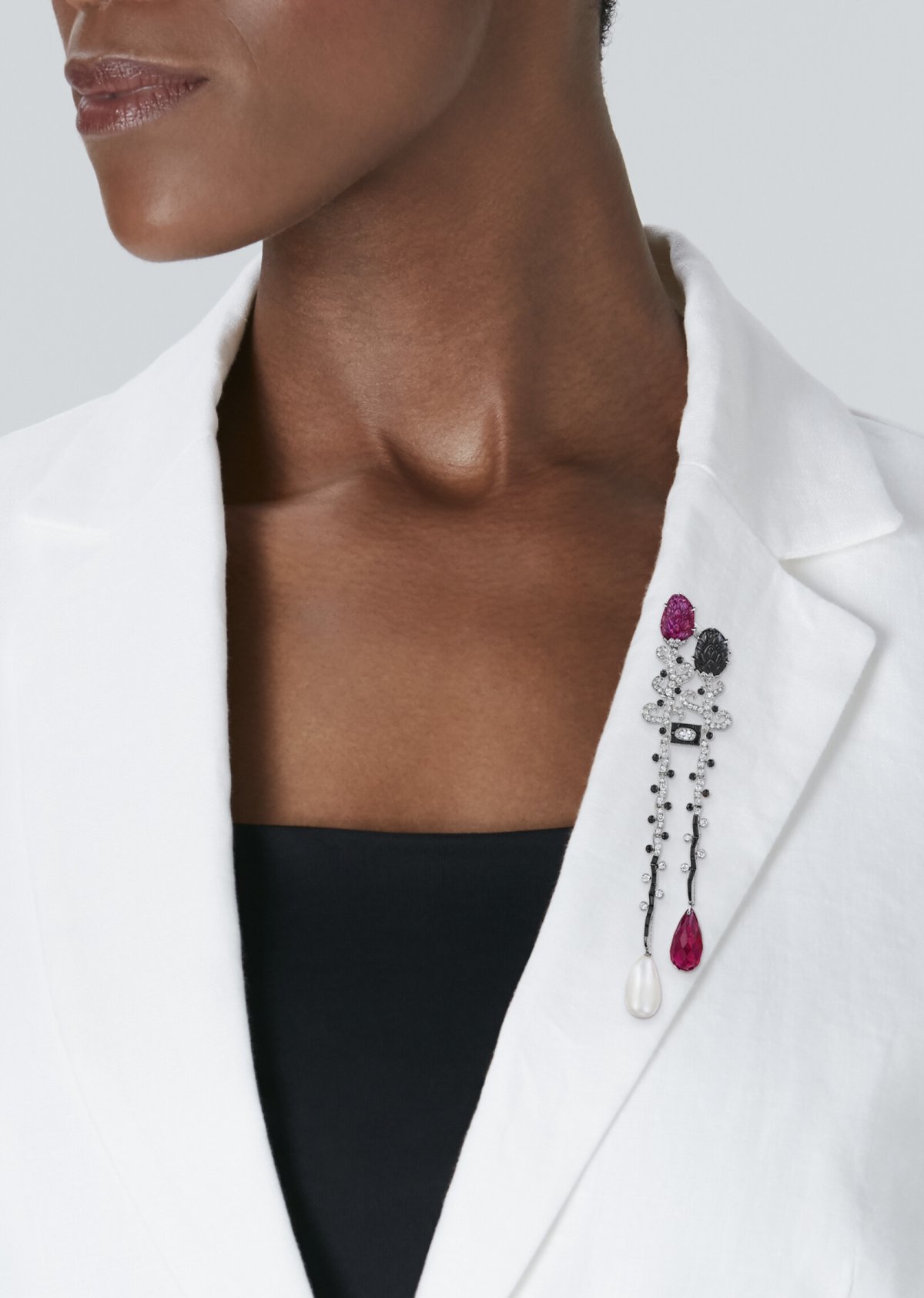
The scale of the brooch becomes clear in this photograph, where it is worn by a model pinned to the lapel of a jacket. It’s a large piece, but when it was made in 1914, it was slightly smaller. The piece was altered in the 1920s, with the jewelry firm lengthening the piece and adding more detail to the upper section, at the direction of its original owner: the iconic American jewelry collector Marjorie Merriweather Post.
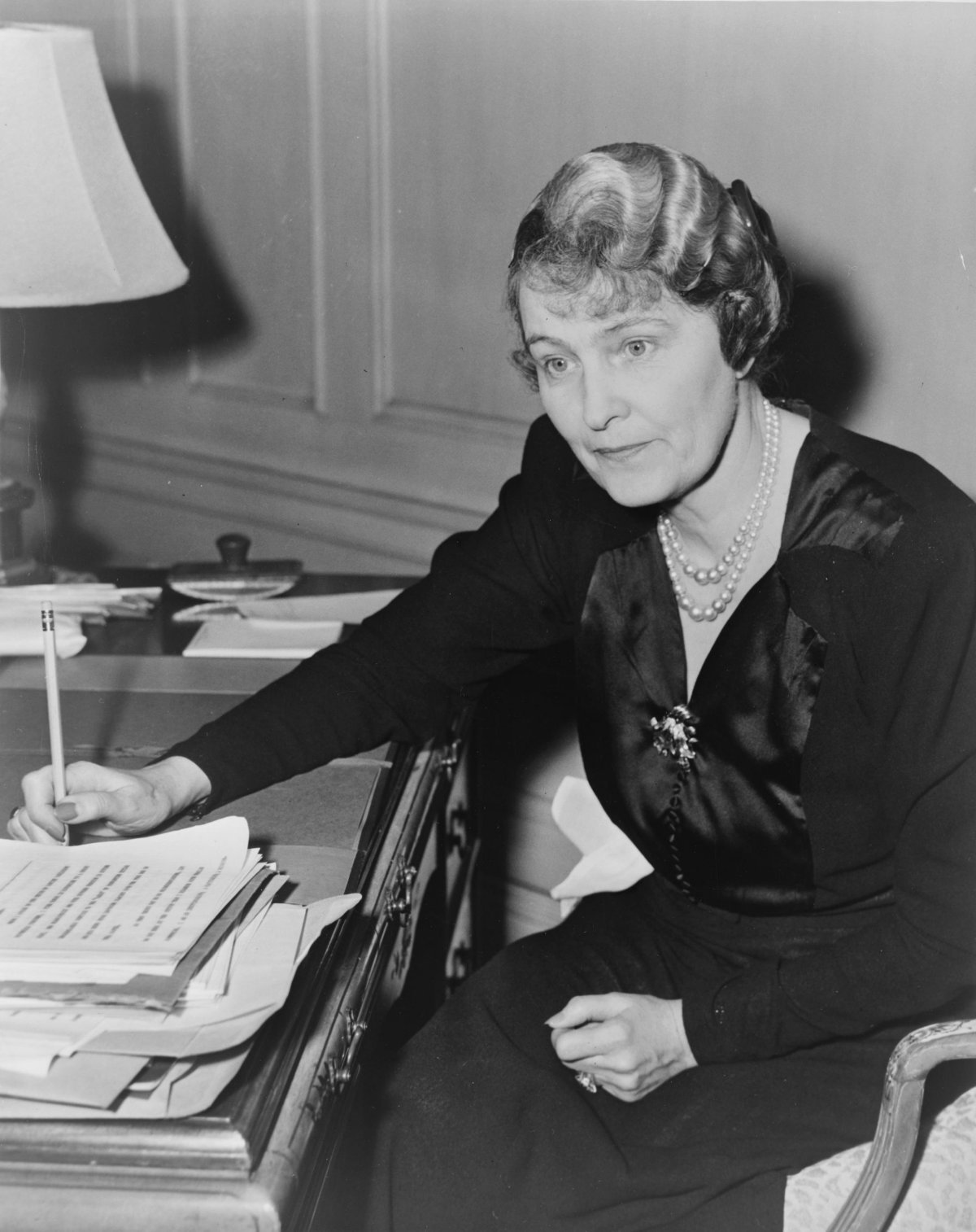
Born in 1887, Post was an heiress and socialite as well as a business owner and philanthropist. Through her father, she inherited ownership of the Postum Cereal Company, which produced (and still produces) some of the most recognizable brands in the cereal aisle of American grocery stores. Post was a dedicated collector who loved art and jewelry, especially historic gems and pieces connected to imperial Russia. Today, the Smithsonian Institution in Washington, D.C. owns two of her most special acquisitions: the Marie Louise Diadem and the Napoleon Diamond Necklace. Her nearby estate, Hillwood, is now a museum that has extensive holdings of her jewelry and decorative art collection, including two imperial Fabergé eggs and the Romanov nuptial crown.

Post ordered the brooch from Cartier in Paris and kept it in her personal jewelry collection until her passing in 1973. Even among the treasures that Post left behind, jewelry researchers and historians identified this particular brooch as something special. In the 1980s, it was featured on the cover of Cartier: Jewelers Extraordinary by Hans Nadelhoffer, the Swiss jewelry expert who was president of Christie’s in Geneva.
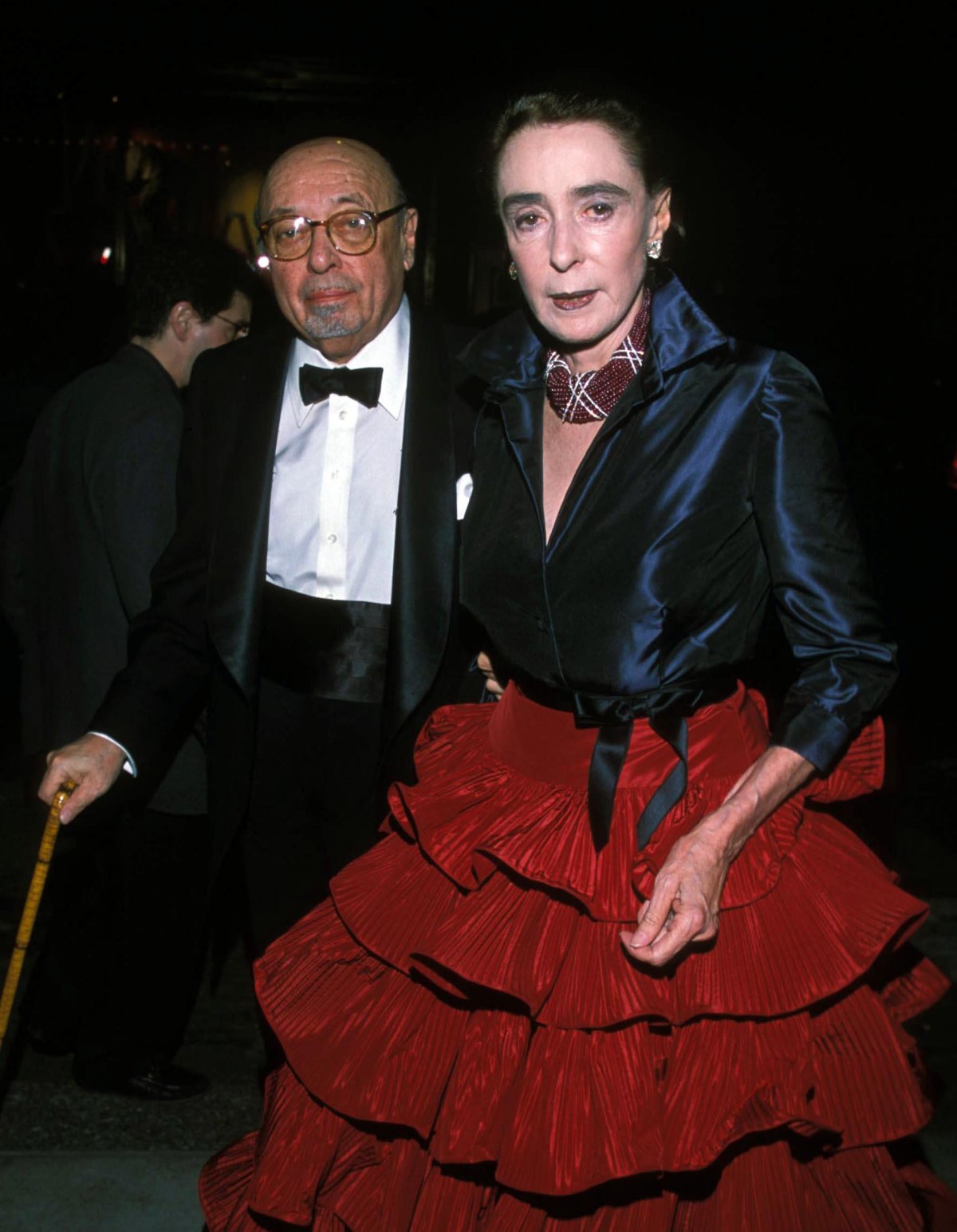
The brooch was sold at Christie’s in New York in October 1981, along with several other pieces of jewelry from Post’s collection. The Cartier jewel was purchased by another collector with an eye for unique art pieces: Mica Ertegun, a Romanian-American interior designer. Ertegun, whose father served in the cabinet during the reign of King Carol II and was later an important ally of King Michael I, fled Romania after Michael’s abdication in 1948.
In the 1960s, she married Ahmet Ertegun, the co-founder of Atlantic Records. She became an important interior designer in New York and, along with her husband, undertook numerous philanthropic projects. She also collected a whole lot of art and jewelry, including Marjorie Post’s Cartier brooch. Christie’s notes that the “timelessness and sophistication of the design is surely one that attracted Mica’s eye and it is unsurprising that she would have obtained it for her own collection.”
Ertegun styled the brooch differently than Post, who liked to wear it as a hat ornament. Ertegun almost always wore the brooch on dark clothing to provide contrast. In the photograph above, she wears the jewel at the Plaza Hotel in New York in November 2009. You can also see photographs of her wearing the brooch in her younger years. In this image, taken at Le Cirque in New York in January 1989, she again pins the négligée at the center of her neckline. And in a photograph taken at a Fendi fragrance launch party in New York in 1987, she wears the brooch near her shoulder.
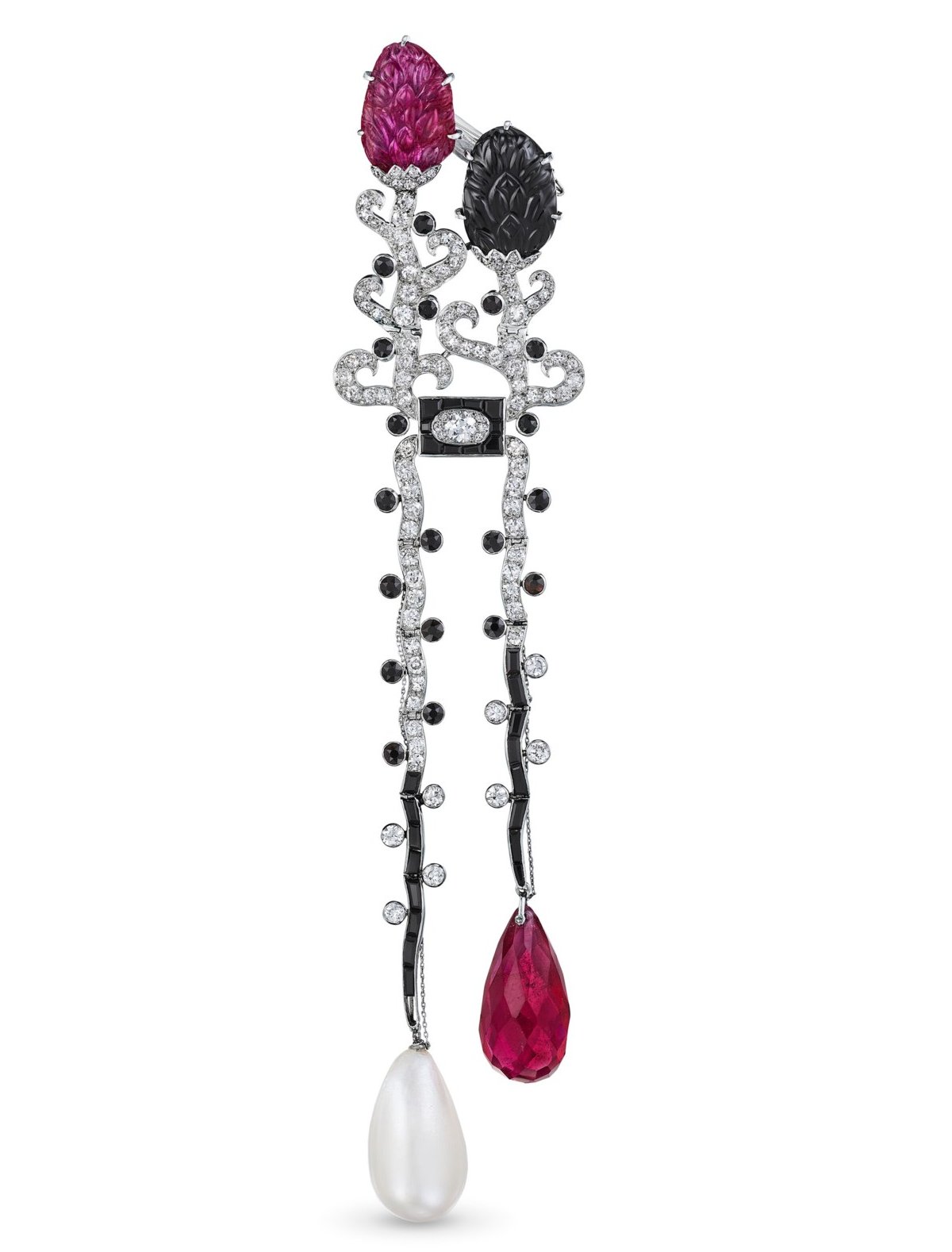
Mica Ertegun was 97 when she passed away in New York in December 2023. In recent weeks, Christie’s has mounted several auctions dedicated to pieces from her art and design collections, as well as a special section of their Magnificent Jewels sale focused just on her jewelry pieces. Ahead of the jewelry sale on December 10, the auction estimate for the Cartier brooch was set at $100,000-$150,000 USD. But when the hammer fell, the brooch had skyrocketed to the sale price of $1,381,000 USD. Not too shabby…
Leave a Reply
You must be logged in to post a comment.